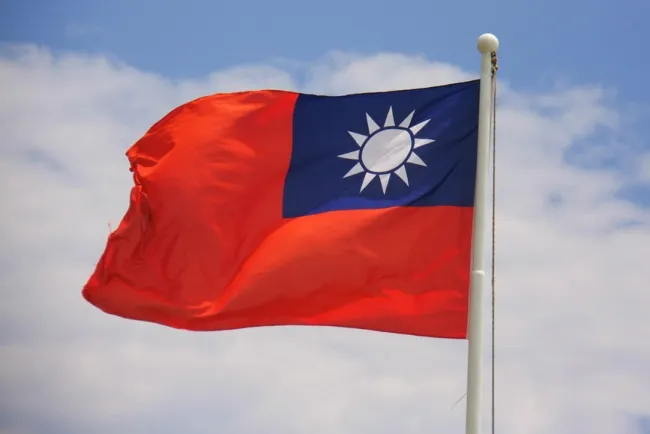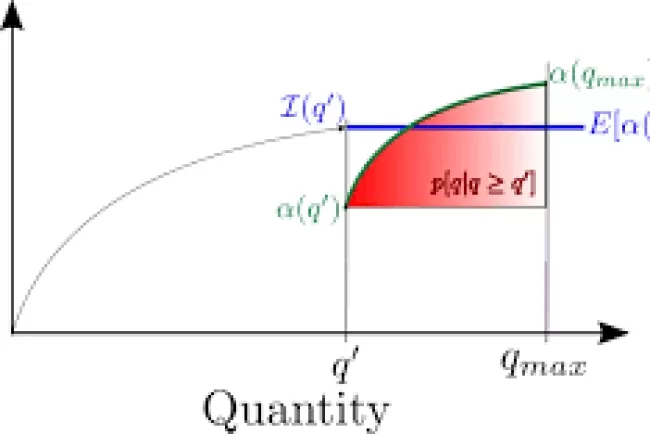Tensions Rise in Birgunj, Nepal Amid Hanuman Jayanti Clashes
Security remains tight in Birgunj, Nepal, following violent clashes during Hanuman Jayanti celebrations. Protesters are demanding the release of arrested individuals.
The atmosphere in Birgunj, Nepal, is charged with tension days after violent clashes erupted during Hanuman Jayanti celebrations. As security forces maintain a strong presence on the streets, the local community grapples with the aftermath of unrest that has shaken the city. This article explores the factors leading to the clashes, the subsequent security measures, and the implications for community relations in the region.
Background of the Clashes
The violence began during Hanuman Jayanti, a significant religious celebration for many Hindus. Reports indicate that the clashes were ignited when unidentified individuals began pelting stones at a religious procession, leading to chaos and unrest. This incident has sparked a wave of arrests, with local authorities detaining several individuals in connection to the violence, further escalating community tensions.
Current Situation in Birgunj
In response to the unrest, a curfew was imposed in Birgunj, and approximately 600 personnel from the Nepal Police and Armed Police Force have been deployed to restore order. Senior officials are actively monitoring the situation, with security agencies stationed throughout the city to prevent further violence. The chief district officer has called for a meeting with representatives from both groups involved in the dispute, aiming to foster dialogue and ease tensions.
Violent protests erupted earlier today as demonstrators burned tires at various locations across the city, demanding the release of those arrested during the clashes. The unrest underscores the deep-seated frustrations within the community and the need for effective conflict resolution strategies.
Role of Authorities and Community Response
The response from local authorities has been swift but highlights the challenges of managing public safety amid civil unrest. With heightened security measures in place, officials hope to maintain peace while also addressing the underlying issues that led to the clashes. The call for dialogue between the conflicting parties signifies an attempt to build bridges and find a resolution to the ongoing tensions.
Implications for the Future
The events in Birgunj reflect broader societal challenges in Nepal, where ethnic and religious tensions occasionally flare into violence. As the situation unfolds, it is crucial for community leaders and government officials to engage in constructive dialogue to prevent future conflicts. The ability to address grievances and foster a sense of unity will be vital in ensuring long-term peace and stability in the region.
Conclusion
As Birgunj navigates the aftermath of the recent violence, the focus must shift toward healing and reconciliation. The deployment of security forces and the imposition of a curfew may provide immediate relief, but addressing the root causes of the unrest will be essential for lasting peace. The coming days will be critical as local leaders work to restore calm and rebuild trust within the community.
Stay tuned for further updates on the situation in Birgunj and the efforts being made to ensure peace in the region.
What's Your Reaction?
















